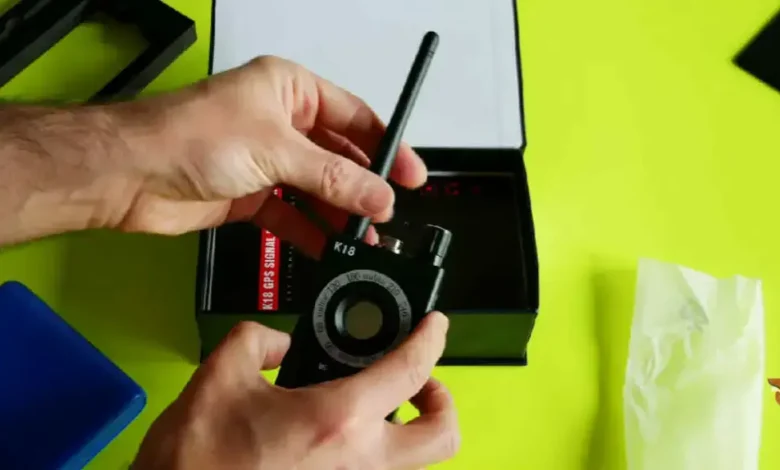How to Use RF Detectors to Protect Your Security?

Do you suspect that people are spying on you in your house? Do you feel insecure about the security in your company’s office? If yes, then you must use an RF detector.
RF detectors like WAM-X25 are wireless devices that help identify radio frequency signals in a room. They are typically used by professional investigators, technicians, and engineers.
But, how do you use RF detectors to protect your security? If you’re wondering that, don’t worry because today’s article will discuss exactly that. Let’s dive in!
Why Should You Use an RF Detector?
RF detectors, also known as radio frequency detectors, are electronic devices designed to detect and measure radio frequency signals. These RF signals are electromagnetic waves with frequencies ranging from a few kilohertz (kHz) to many gigahertz (GHz).
They are used in various wireless communication systems, including cell phones, Wi-Fi networks, Bluetooth devices, radio and television broadcasts, and spyware.
So if you are concerned about your security, an RF detector is a great way to find unauthorized devices. It can help you detect whether there is a spy camera in your hotel room or a listening device in your house.
Besides, it can also measure the strength or power level of RF signals. This information is important for optimizing the performance of wireless communication systems and ensuring proper signal coverage. So, the device will be useful in different aspects.
How to Use RF Detectors to Protect Your Security?
Using RF detectors to protect your security involves identifying and mitigating potential threats posed by unauthorized RF signals. Here’s a step-by-step guide on how to use RF detectors for security purposes:
Select the Right RF Detector
Understand the specific security concerns you’re trying to address. Are you concerned about eavesdropping, unauthorized surveillance, or interference with wireless communication systems?
This will help you choose an RF detector that matches your security needs. When buying, consider factors such as frequency range, sensitivity, and any additional features you may require.
Scan for RF Signals
Use the RF detector to scan the area for any RF signals. Start by sweeping through the frequency ranges you’re concerned about. The detector will indicate the presence and strength of signals in that range.
Identify Unauthorized Signals
Look for any RF signals that shouldn’t be present in the environment. These could be hidden cameras, audio bugs, or other surveillance devices that are not part of your authorized communication systems.
Locate the Source
If you detect unauthorized signals, use the RF detector to narrow down the location of the source. Move the detector around and observe changes in signal strength to triangulate the source’s approximate location.
Investigate Further
Once you’ve located a suspicious signal, inspect the area to identify the specific device or source. This may involve searching for hidden cameras, audio recording devices, or other wireless transmitting equipment.
Document and Report
Record your findings, including the signal frequency, strength, and location of the unauthorized device. If necessary, report the incident to appropriate authorities, such as law enforcement or your organization’s security team.
Regular Monitoring
Perform regular RF signal scans and monitoring to ensure ongoing security. Threats and vulnerabilities may change over time, so periodic checks are essential.




